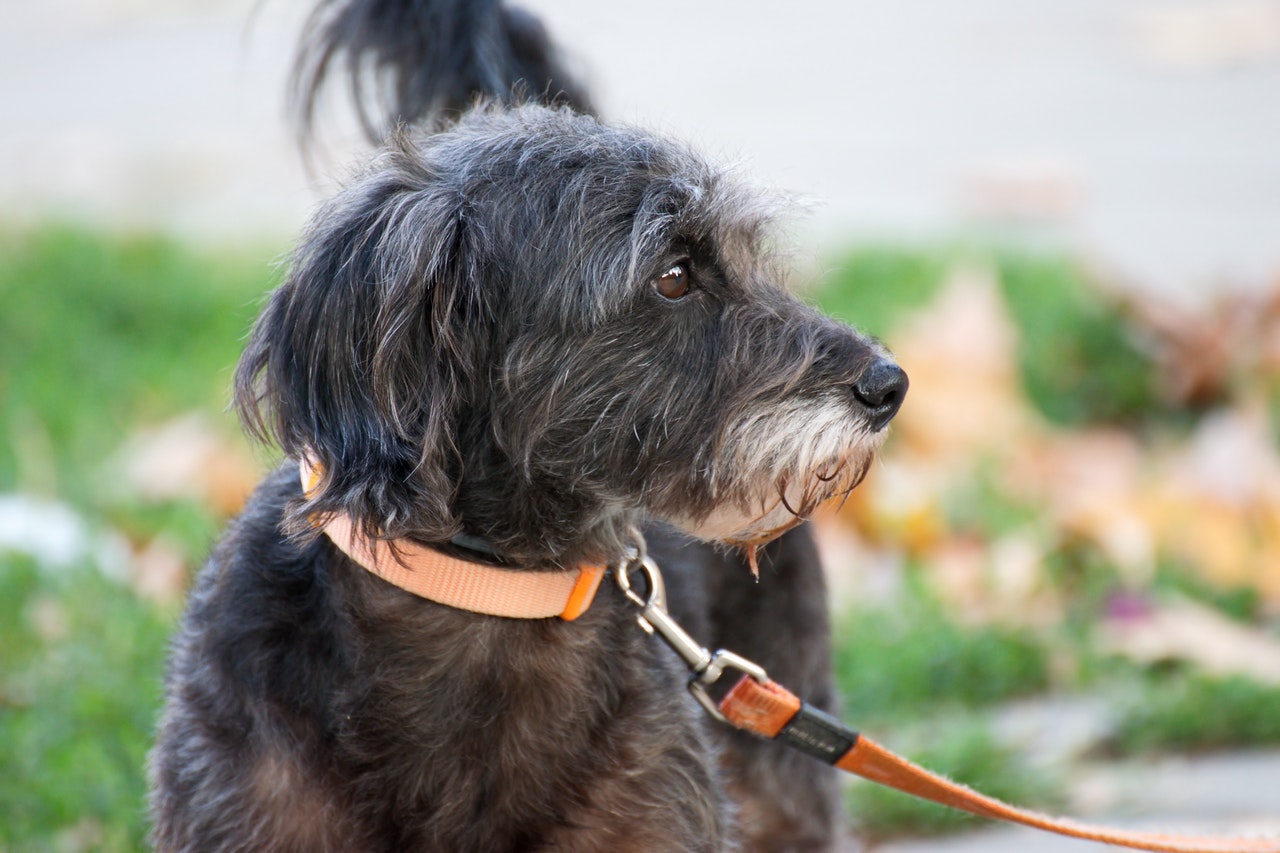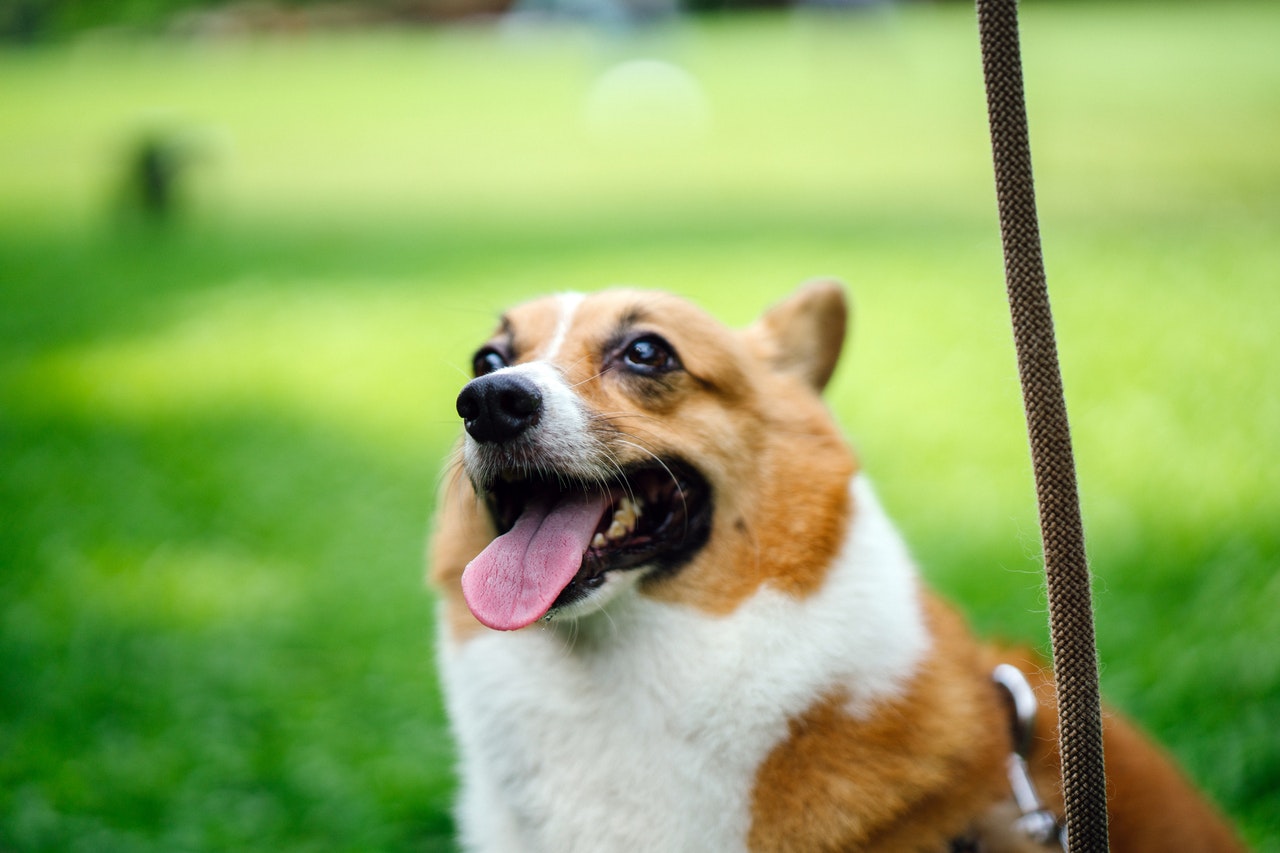2018-11-30

When you take your new (potential) service dog or puppy home, the first and most important task you need to do is leash training. It seems that all owners can easily handle their dogs outdoors. The use of different training methods can indeed lead to different performance and efforts. For example, some dogs who lack the proper training pull strongly on a leash when meeting other canines. If it is a large breed like the Great Dane, the owner may be completely pulled and controlled by his furry friend. Therefore, the right training directly affects the behavior of dogs in the normal daily routine. In this article you will find some tips on how to effectively train your dog on a leash and what is crucial for a positive result of the training.
Here are the basic and important steps you need to go through. You should not take the next step before the previous one has been mastered.
In This Article
Step 1: Attach a proper collar and a leash
Step 2: Let your pooch get used to the collar
Step 3: Walk with him on a leash in the house
Step 1: Attach a proper collar and a leash
First, choose the right equipment for your new furry friend. The type of collar and leash depends on the size of the dog and your needs. For night walks, for example, you may need a back-clip harness and an LED glow leash. For the large dog, a traffic leash can prevent a heavy strain in emergency situations.
Here is a brief overview of the common types of collars and leashes:
1) Collar
• Standard Collar
• Muzzle Harness (Head Halter)
• Back Harness
• Martingale Collar
2) Leash
• Old school Leather Leash
• Hands-Free Leash
• Retractable Leash
• Eco-Friendly Chic Leash
• LED Glow Leash
• Leash Coupler
• Drag Line
• Traffic Leash
• Slip Leash
• Thunderleash No-Pull Dog Leash
Step 2: Let your pooch get used to the collar
After donning the collar and leash, you do not need to take your pooch outside immediately. For social and dog health reasons, experts believe it is better to bring your dog to beaches, parks, streets or other public areas after it has received all the important vaccinations.
You could use this time to get your dog used to to the new equipment at home. We can begin by putting on the collar. Since the home environment is quieter and more familiar than the noisy and busy world outside, your pooch will quickly adapt to his new gear. If your dog wears it for the first time, he may feel uncomfortable and have difficulty with the equipment. Do not worry about it. Give him more time to get used to it and give praise or treats as a reward once he has accepted it.
Step 3: Walk with him on a leash in the house
If your pooch has become accustomed to the collar and is behaving normally, you can attach the leash to the collar and walk with him in the house. The goal is to walk in a safe environment on a leash. The method is similar to that of step 1. Give your pooch praise or treats when he walks well. It is also advisable to add commands during the training, such as “sit” and “come”, which is part of obedience training. The commands help you recall your pooch while he pulls on the leash to get close to other canines or strangers. If your dog has learned these commands before the leash training, it can immediately recognize your commands and get used to the leash more easily.

Step 4: Practice outdoors
Meanwhile, your pooch should have become accustomed to the leash and be ready for the outdoors. Depending on the personality of your dog and your needs, you could choose a proper leash again, but make sure that you can master it and it is suitable for your pooch.
The first walk should lead to a quiet park near your home. When you go outside, your curious friend will be distracted by surrounding objects or noises. If he pulls and tugs, do not pull the leash back firmly. Just pull it back gently and say “no”. When he stops and comes back, say “no” again and reward him with praise and treats. He will gradually understand that you have disapproved of his behavior.
To ensure that your dog remembers the commands and behaves gently on the leash, you need to repeat the training in different locations (such as dog-friendly stores) and in different settings. Do frequent but short training sessions to avoid exhaustion.
The most important factors for success are strategy and consistency. Follow the steps and follow a regular routine. Treats are the dynamics of the training, but you should reduce the amount after your pooch has performed well.